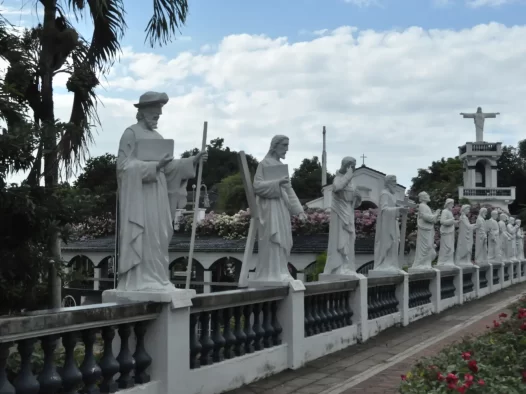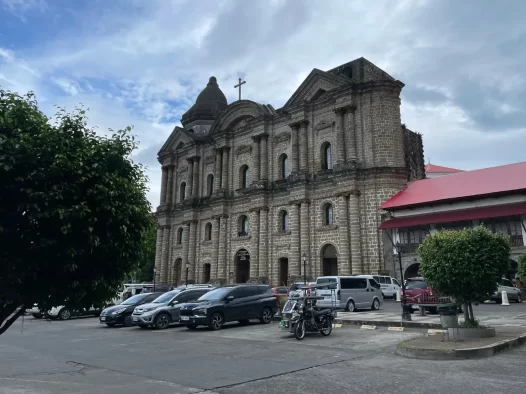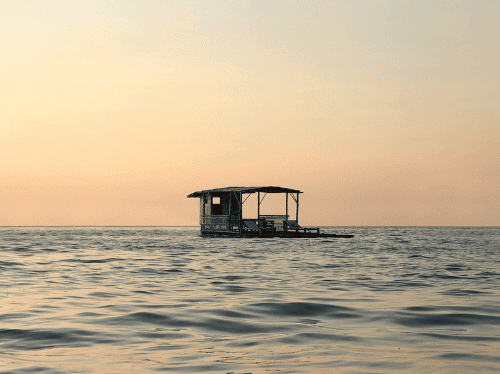Balete
Balete, a municipality in Batangas, offers a range of tourism attractions for visitors to explore. One of the prominent destinations is the Taal Lake, where tourists can take boat rides to admire the scenic beauty of the lake and its surroundings. Additionally, the Taal Volcano, located within the lake, provides opportunities for hiking and trekking adventures.
History and Heritage
Balete, once a barrio nestled within the City of Lipa, holds a captivating origin steeped in local lore. The tale weaves its roots around the bountiful presence of majestic BALETE trees that flourished when the settlement was sparsely inhabited. Through the passage of time, this place adorned with lush foliage came to be known as Balete, an homage to the verdant marvels that adorned its landscape.
The initial inhabitants of Balete were none other than the esteemed Jose Magapi and his kin. Following the cataclysmic eruption of Taal Volcano in 1911, the renowned proprietors of Looc, the visionary brothers Venancio and Ricardo Macasaet, found solace and opportunity within Balete’s fertile soil. During this era, the revered figure of Pablo Maralit, who called Barrio Makina his home, commanded respect and honor among the community.
From 1910 to 1969, Balete witnessed a succession of notable figures assuming the role of Teniente del Barrio, steering the municipality toward progress. Among these stalwarts were Federico Dimaano, Ricardo Macasaet, Apolonio Boa, Sixto Africa, Maximo Cabrera, Raymundo Javier, Martin Nipay, and other esteemed individuals who etched their names into the annals of Balete’s history.
On the monumental date of June 21, 1969, the distinguished Congress of the Philippines, recognizing the township’s potential and significance, enacted Republic Act No. 5659, officially elevating Balete into a full-fledged municipality. The newly formed entity encompassed thirteen vibrant barangays, namely Alangilan, Calawit, Looc, San Sebastian, Solis, Makina, Sala, Sampalocan, Magapi, Malabanan, Paligawan, Palsara, and the bustling Poblacion.
With this remarkable transformation, Balete embarked on a path of self-determination and progress, poised to carve its own destiny amidst the captivating landscapes and resilient spirit of its people.
Climate
The rainy season starts in June and ends in November. When December comes, the people experienced a very cool dawn. The summer season on the month of March to the end of May.
If you prefer a hassle-free trip, you can rent a car or hire a private vehicle for more convenience and flexibility. Public transportation, such as buses and jeepneys, is also available and can be a more budget-friendly option.
Batangas: Where history, beauty, and resilience converge, creating a tapestry of captivating stories and unforgettable moments.
Pabitin Festival
The Pabitin Festival takes place annually on May 1st in the town of Balete, Batangas. This lively celebration centers around the famous game of Pabitin, commonly played during birthdays. During the festival, participants engage in a fun and physical challenge as they try to pick up various items, such as small toys, coins, or candy, from bamboo sticks (‘balag’) suspended high above. The festival is filled with excitement and joy as locals and visitors join in the thrilling game and revel in the festive atmosphere.

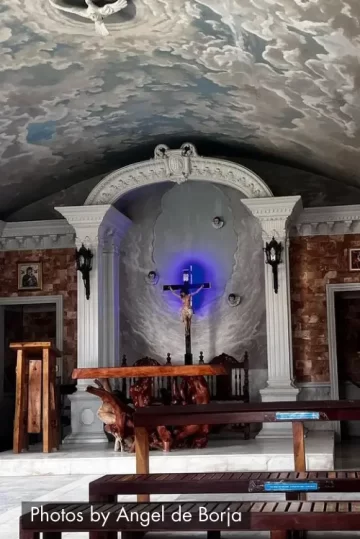

Local Attractions
Batangas in the Philippines offers a range of local attractions that cater to various interests. These are just a few of the attractions you can explore in Batangas. Whether you’re interested in history, nature, or relaxation, the city offers something for everyone.
Getting Around
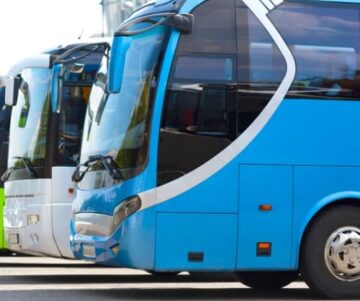
Buses
Buses provide transportation for longer distances, connecting Batangas with other regions and provinces. These buses have designated terminals and offer a more comfortable option for longer journeys.
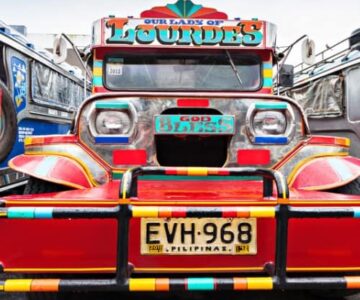
Jeepneys
Jeepneys are a staple mode of public transportation in the Philippines. They are colorful, elongated jeeps that can carry multiple passengers. Jeepneys follow specific routes and have fixed fares.
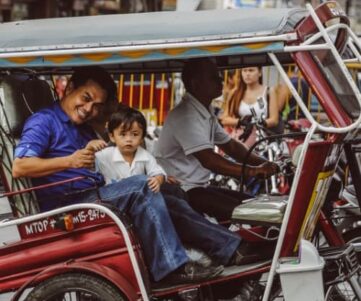
Tricycles
These motorized vehicles consist of a motorcycle with a sidecar, which can accommodate around 3 to 4 passengers. Tricycles are commonly used for short trips within the city, and fares are usually negotiable.

